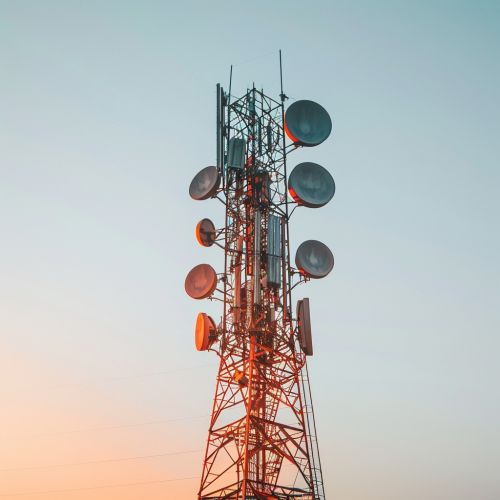Digital Modes
Introduction
Digital modes refer to the various methods and techniques used to encode, transmit, and decode digital information over communication channels. These modes are fundamental in modern telecommunications, data transfer, and computing. They encompass a wide range of technologies and protocols, each designed to optimize the efficiency, reliability, and speed of data transmission.
Types of Digital Modes
Digital modes can be broadly classified into several categories based on their application and underlying technology. These include:
Modulation Techniques
Modulation techniques are used to encode digital information onto a carrier signal for transmission. Common modulation techniques include:
- **Amplitude Modulation (AM)**: Varies the amplitude of the carrier signal in accordance with the digital data.
- **Frequency Modulation (FM)**: Varies the frequency of the carrier signal.
- **Phase Modulation (PM)**: Varies the phase of the carrier signal.
- **Quadrature Amplitude Modulation (QAM)**: Combines both amplitude and phase modulation to increase the data rate.
Error Detection and Correction
Error detection and correction techniques are essential for ensuring the accuracy of data transmission. These techniques include:
- **Parity Check**: Adds a parity bit to the data to detect errors.
- **Cyclic Redundancy Check (CRC)**: Uses polynomial division to detect errors.
- **Hamming Code**: Detects and corrects single-bit errors.
- **Reed-Solomon Code**: Corrects multiple errors in data blocks.
Compression Techniques
Compression techniques reduce the size of data to optimize transmission and storage. These techniques include:
- **Lossless Compression**: Reduces data size without losing any information (e.g., ZIP, PNG).
- **Lossy Compression**: Reduces data size by removing some information (e.g., JPEG, MP3).
Multiplexing Techniques
Multiplexing techniques allow multiple signals to share the same communication channel. These techniques include:
- **Time Division Multiplexing (TDM)**: Allocates time slots to each signal.
- **Frequency Division Multiplexing (FDM)**: Allocates different frequency bands to each signal.
- **Code Division Multiple Access (CDMA)**: Uses unique codes to differentiate signals.


Applications of Digital Modes
Digital modes are employed in various fields, including telecommunications, broadcasting, and computing. Some notable applications include:
Telecommunications
Digital modes are crucial in telecommunications for voice, video, and data transmission. Technologies such as VoIP, 4G LTE, and 5G rely on advanced digital modulation and error correction techniques to provide high-speed, reliable communication.
Broadcasting
Digital broadcasting uses digital modes to transmit television and radio signals. Standards such as DVB and DAB offer improved signal quality and additional features compared to analog broadcasting.
Computing
In computing, digital modes are used for data transfer between devices and networks. Protocols like Ethernet, Wi-Fi, and Bluetooth utilize various digital modulation and error correction techniques to ensure efficient and reliable data communication.
Advanced Digital Modes
Advanced digital modes incorporate sophisticated technologies to enhance data transmission. These include:
Orthogonal Frequency Division Multiplexing (OFDM)
OFDM is a method of encoding digital data on multiple carrier frequencies. It is widely used in modern communication systems, including Wi-Fi, 4G LTE, and 5G. OFDM offers high spectral efficiency and robustness against multipath interference.
Multiple Input Multiple Output (MIMO)
MIMO technology uses multiple antennas at both the transmitter and receiver to improve communication performance. It is a key component of modern wireless communication standards, providing increased data rates and reliability.
Spread Spectrum
Spread spectrum techniques spread the signal over a wide frequency band, making it more resistant to interference and eavesdropping. Common spread spectrum techniques include FHSS and DSSS.
Challenges and Future Directions
While digital modes have revolutionized communication, they also present challenges. These include:
- **Spectrum Scarcity**: The increasing demand for wireless communication has led to spectrum congestion.
- **Interference**: Digital signals are susceptible to interference from other electronic devices and natural phenomena.
- **Security**: Ensuring the security of digital communication is critical to prevent unauthorized access and data breaches.
Future research and development in digital modes focus on addressing these challenges through innovations such as cognitive radio, advanced encryption techniques, and quantum communication.
